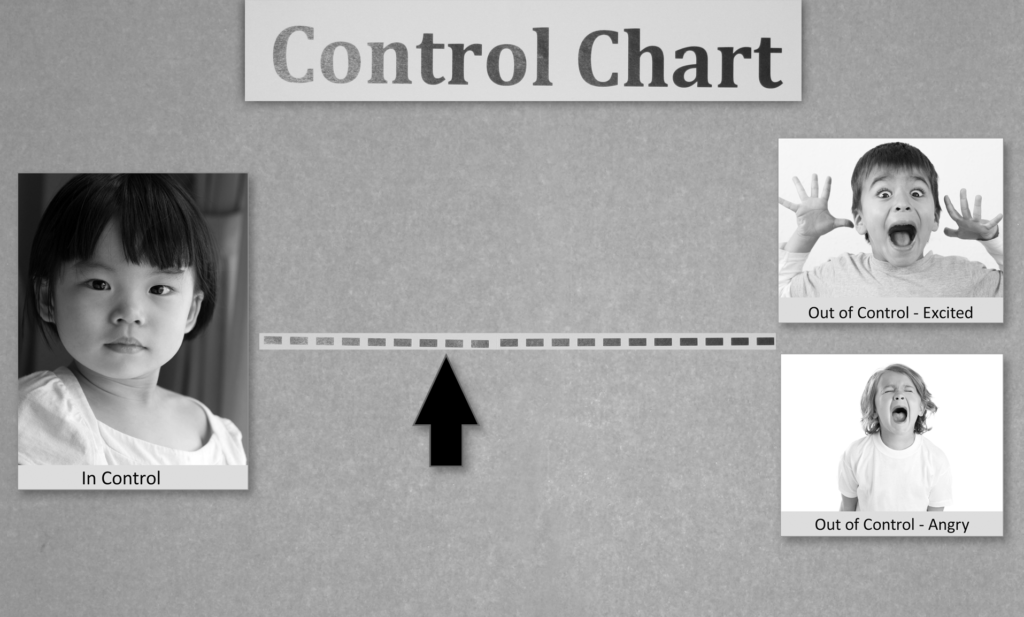Logical Versus Emotional Thinking
Emotions have a large effect on parenting. Often difficult parenting situations happen because the parent or child, or both, has become too emotional to think clearly. In highly emotional situations, whether the emotion is positive (e.g., excitement) or negative (e.g., anger), thinking things through becomes difficult. In their book Whole-Brain Child, Siegel and Bryson (2011) discuss the “upstairs brain” and the “downstairs brain.” The “upstairs brain” is the part of the brain that can reason and think logically, and the “downstairs brain” is the emotional part of the brain that responds to impulse and intuition. When a person is under too much stress, the “upstairs brain” and the “downstairs brain” are out of balance. When the “downstairs brain” is in charge, and emotions are out of control, it becomes nearly impossible for children to control impulses and think clearly about their behavior.

One way to help your child control emotions is to create a control chart at home to use as a visual reminder. It represents a range of emotion from in control to out of control. When emotions are on the in control side of the chart, children can think clearly and make responsible choices. When
emotions are on the out of control side of the chart, children may act impulsively, which often has results (or consequences) that they did not intend. Both children and adults can learn to notice when their emotions are beginning to rise. When they begin to be out of control, the following strategies can help awaken the “upstairs brain” and increase emotional control.
Strategies to Regain Emotional Control
Here are some ways that you and your child can calm down when you are upset. Children and adults
can use the following stress reduction techniques to regain emotional control.
- STOP: When emotions get out of control, it is important to STOP before acting out. Use the Stop and Think sign on the next page as a reminder.
- Five Deep Breaths: Breathe in through your nose while counting 1-2-3, and breathe out through your mouth, counting 1-2-3. Repeat this until you are calm.
- Cool Down Spot: Create a space in your home where your child can go when emotions are out of control. In the space, put a chair or pillow, and activities that your child likes to do to relax. Examples include drawing materials, a music player, a stuffed animal, and a puzzle. Remember, parents may also use a Cool Down Spot when they need to get back in
control. - Change It Up: If your child is inside, move outside while ensuring your child’s safety; if your child is sitting, try getting up and being active. Sometimes tantrums can be interrupted and redirected simply by changing the scenery or the type of activity your child is doing (Siegel &
Bryson, 2012). - Revisit the Conflict: Allow as much time as needed for you and your child to regain control. Once everyone has calmed down, take time to talk about what happened. This is the time to address behavior problems or to clear up misunderstandings.
Additional strategies are offered by Dr. Ann Friedman in her webinar about Mindful Parenting and on this Handout.
References
Siegel, D. J., & Bryson, T. P. (2012). The whole-brain child: 12 revolutionary strategies to nurture your child’s developing mind. New York: Bantam Books. Amazon Affiliate Link



